As I skim through my notes and study for another class exam this week, the colourful highlights suddenly allowed me to recall a statement made by my high school Psychology teacher—highlighting notes doesn’t help you to learn things at all. This is a statement I personally don’t want to admit with because I always highlight my notes. Now I have the chance to explore whether this is true or not by myself.
An article suggested that although highlighting notes are common practices, it is actually a worse learning technique. The article explained the reason behind it as highlighting notes interferes with reading attention. It drives away people’s attention to the portion that is highlighted instead of the whole content. The article also suggested that it is better to interpret the whole content instead of jumping around with single phrases. To me, it sounds reasonable. I know I always read the highlighted part in my notes first, but sometimes those highlighted notes formed as fragment which doesn’t make any sense to me before I read the whole sentence. I actually wasted a lot of my time by just rereading notes over again.
 But is this statement actually the truth? Is highlighting really less effective than we think it is? To answer this question, I found out a study called, “Reading Skill, Textbook Marking, and Course Performance”. A consent form were sent to the students, introduce the content of the study and make sure all participants agree before participated in the study. The study was done on 479 students in two Introductory Psychology courses about highlighting notes. The students were given a reading test and a study-habit survey to complete. Researchers also collected their text books, to see if they rented books that were previously highlighted by other students or a plain one. The findings showed that low skill readers tend to have more reliance on highlighting notes and highlighted more notes than high skill readers. Also, low skill readers have a higher tendency to read the marking that was done by a previous student on the rented text book. After I look through the study, I found out contained a p-value less than 0.01, which means that the correlation between the reading performances and the highlighting are strong enough to reject the null hypothesis, so it is less likely to be a fluke. However, there are also several limitation in this study. The population of the study were only limited to the Introductory Psychology class. Also, it failed to control the third variables. Reading skills can influence points not only through the amount of the highlighting, but also other elements as well.
But is this statement actually the truth? Is highlighting really less effective than we think it is? To answer this question, I found out a study called, “Reading Skill, Textbook Marking, and Course Performance”. A consent form were sent to the students, introduce the content of the study and make sure all participants agree before participated in the study. The study was done on 479 students in two Introductory Psychology courses about highlighting notes. The students were given a reading test and a study-habit survey to complete. Researchers also collected their text books, to see if they rented books that were previously highlighted by other students or a plain one. The findings showed that low skill readers tend to have more reliance on highlighting notes and highlighted more notes than high skill readers. Also, low skill readers have a higher tendency to read the marking that was done by a previous student on the rented text book. After I look through the study, I found out contained a p-value less than 0.01, which means that the correlation between the reading performances and the highlighting are strong enough to reject the null hypothesis, so it is less likely to be a fluke. However, there are also several limitation in this study. The population of the study were only limited to the Introductory Psychology class. Also, it failed to control the third variables. Reading skills can influence points not only through the amount of the highlighting, but also other elements as well.
 To make the statement much more reliable, I tend to seek more studies that are related to the discussion. I found out a study that conclude the opposite, and decide to compare those two studies to see which one is more reliable. The study involved a total of 184 students who participated in Psychology courses. The students were randomly distributed to either highlighting or non-highlighting groups and were given the same reading. A questioner were given after the reading. The study came up with the conclusion that highlighting notes can be beneficial under some conditions, especially when there are massive contents needed to be study in a short period of time. However, it was also mentioned that some students think it actually doesn’t have that much of a benefit. Another thing I need to mention about this study is that beside highlighting or not, the researchers also assigned them to mass condition group which they were ask to revise the text immediately after reading the first time, and spaced condition groups which they were asked to participate some activities before revising the second time. So there were two separate correlations addressing at the same time in this study. The conclusion of the effectiveness of highlighting among those two types of reading is that it has more benefit on the mass condition group than the spaced condition group. I think this means that highlighting notes would help people understand more things in a short period of time.
To make the statement much more reliable, I tend to seek more studies that are related to the discussion. I found out a study that conclude the opposite, and decide to compare those two studies to see which one is more reliable. The study involved a total of 184 students who participated in Psychology courses. The students were randomly distributed to either highlighting or non-highlighting groups and were given the same reading. A questioner were given after the reading. The study came up with the conclusion that highlighting notes can be beneficial under some conditions, especially when there are massive contents needed to be study in a short period of time. However, it was also mentioned that some students think it actually doesn’t have that much of a benefit. Another thing I need to mention about this study is that beside highlighting or not, the researchers also assigned them to mass condition group which they were ask to revise the text immediately after reading the first time, and spaced condition groups which they were asked to participate some activities before revising the second time. So there were two separate correlations addressing at the same time in this study. The conclusion of the effectiveness of highlighting among those two types of reading is that it has more benefit on the mass condition group than the spaced condition group. I think this means that highlighting notes would help people understand more things in a short period of time.
Arguments are going on both sides on this topic, and both of the studies are well addressed. What I think is that the second study only mentioned highlighting are much effective when you started cramming, but didn’t talk about the others. So it is most likely that highlighting notes isn’t really effective on studying. Now, I know that someone would have the same feeling as I do right now after seeing this conclusion, since we always highlighted our notes and now it already became a habit. I think it really depends on your habits of learning, and highlighting notes are just one of them. Maybe you can explore more learning tips that helps you to improve your score instead of just highlighting. One example would be stop cramming before exams. Like Andrew told us in class, do not cram everything before the last minute of the deadline, it would be a disaster. Finally I would like to say don’t just focusing on highlighting, there are other methods too, and I would like to share some learning tips to everyone:
- flashcards
- ask questions to yourself, the process of creating a good question is also a way to absorb the knowledge (the same thing as Andrew suggest as to create exam questions)
- visual illustration
- sticky tab



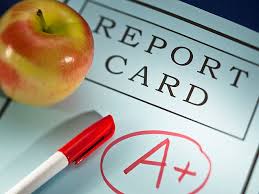

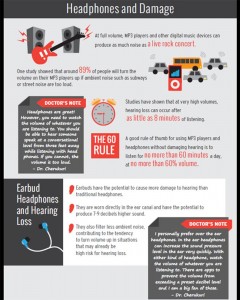
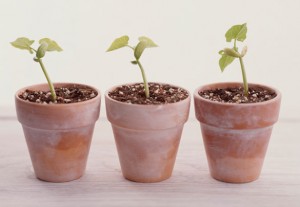






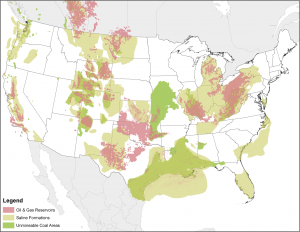


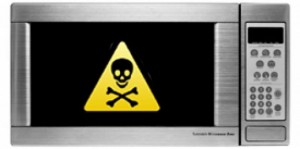
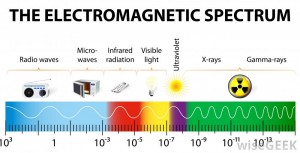
 o worries about microwaved food would be radioactive, therefore do bad to our body.
o worries about microwaved food would be radioactive, therefore do bad to our body. 
